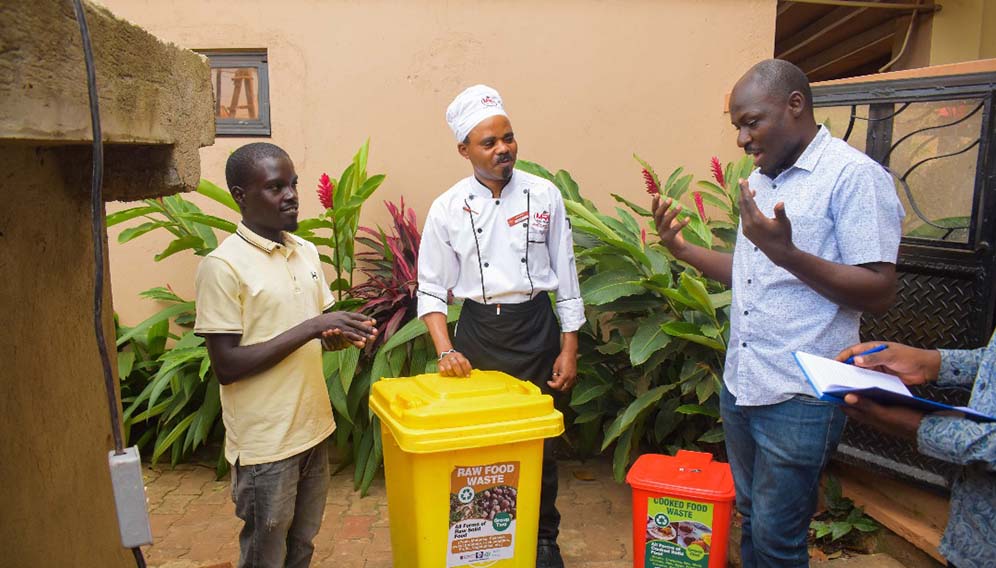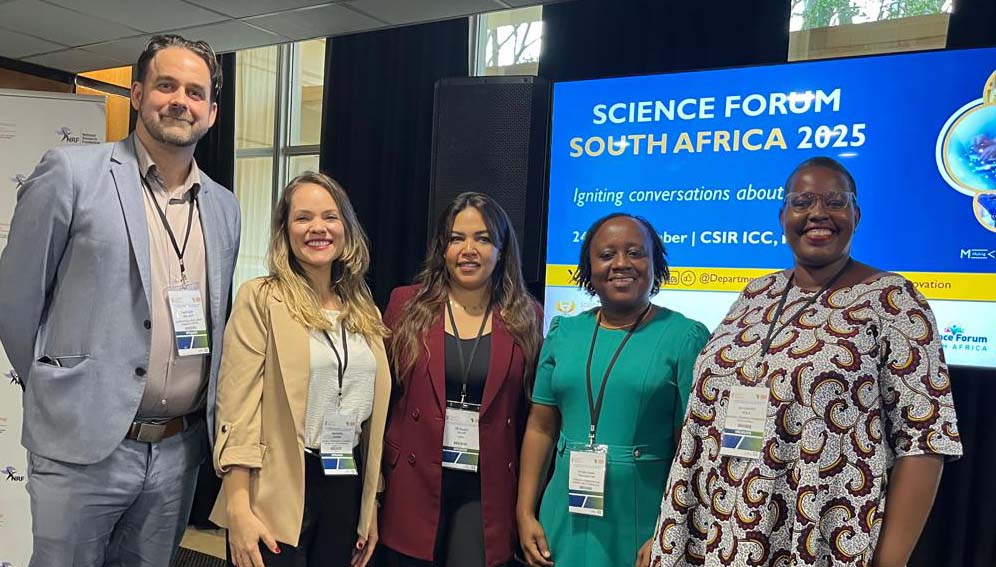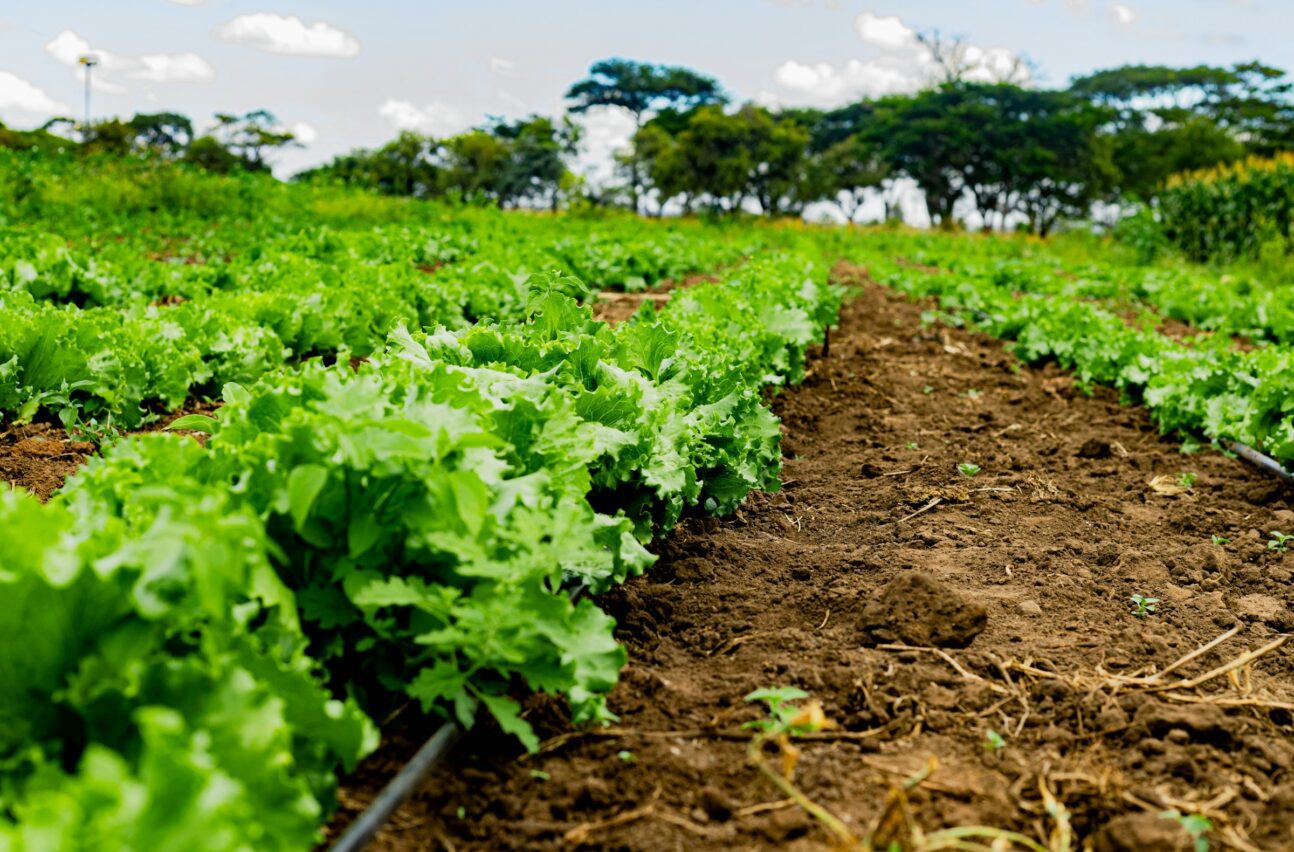SGCI News
In Ghana, communities are rediscovering the potential of traditional building materials to drive sustainability and climate resilience. A research team led by Callistus Tengan, professor of construction management at Bolgatanga…
In Ghana, communities are rediscovering the potential of traditional building materials to drive sustainability and climate resilience.
A research team led by Callistus Tengan, professor of construction management at Bolgatanga Technical University, is advancing this mission by integrating eco-friendly materials, renewable energy, and smart technologies into construction.
The project, funded by Science Granting Council Initiatives (SGCI) and Ghana’s Ministry of Environment, Science, Technology, and Innovation (MESTI), seeks to reduce carbon emissions, improve energy efficiency, create local economic opportunities, and open new pathways for the development of green construction in Ghana.
The initiative is built on four pillars: conducting life cycle and environmental assessments of conventional materials, identifying alternative materials with reduced environmental footprints, developing prototypes that merge traditional methods with renewable energy and smart technologies, and engaging communities to foster adoption.
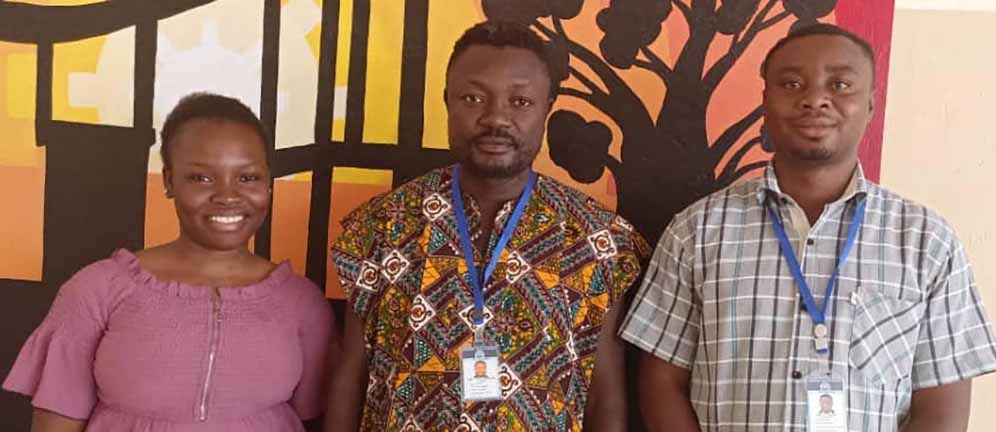
Expected outcomes include raising awareness about sustainable building choices, providing builders with digital tools for local materials and tracking carbon footprints, and creating frameworks for community participation.
Ultimately, the project aims not only to strengthen climate resilience but also to inform future policy on sustainable construction.
In this interview, Tengan tells us more about the project’s findings, challenges, and impact.
What motivated you to embark on this project—why focus on traditional building materials in Ghana?
The motivation to embark on this project stemmed from the research team’s desire to contribute to the achievement of global sustainability goals, particularly the UN Sustainable Development Goals.
The research team thought about how traditional building materials, which are eco-friendly and mostly renewable, can be exploited by enhancing their properties to serve the same purpose as conventional building materials.
These conventional building materials lead to significant carbon emissions and energy use (from their extraction and production), which lead to climate change, global warming, and other related environmental and climatic issues.
Hence, the research team focused on traditional materials in the Upper East region to facilitate sustainable construction and development within the region.
Can you tell us how conventional materials are failing in terms of sustainability or climate resilience?
Conventional building materials have high embodied carbon compared to traditional building materials.
They typically require significant energy consumption during their production and manufacturing.
They also contribute to resource depletion, climate change, ozone depletion, and global warming.
Similarly, conventional materials like cement and concrete walls have low thermal mass compared to earthen walls, hence trapping heat during the day, and creating uncomfortable indoor environments that drive demand for artificial cooling through fans or air conditioning.
This increases operational energy use and electricity costs in hot climates like the Upper East region of Ghana.
Finally, conventional building materials are rigid and prone to cracking under thermal expansion from rising temperatures.
What were some of the most surprising findings during the environmental and life cycle assessments?
We found that air-dried laterite bricks partially reinforced with coconut fibre achieved the highest compressive strength in the trials, thus providing a sustainable choice for Ghana due to their lower embodied carbon footprint and reliance.
This finding offers improved energy savings over the existing laterite brick and sandcrete blocks.
Laterite bricks are made from a naturally occurring, iron- and aluminum-rich soil, known as laterite, that forms in humid, tropical climates.
The soil is collected, ground into powder, mixed with stabilisers like the coconut fibre, and then dried or cured to harden
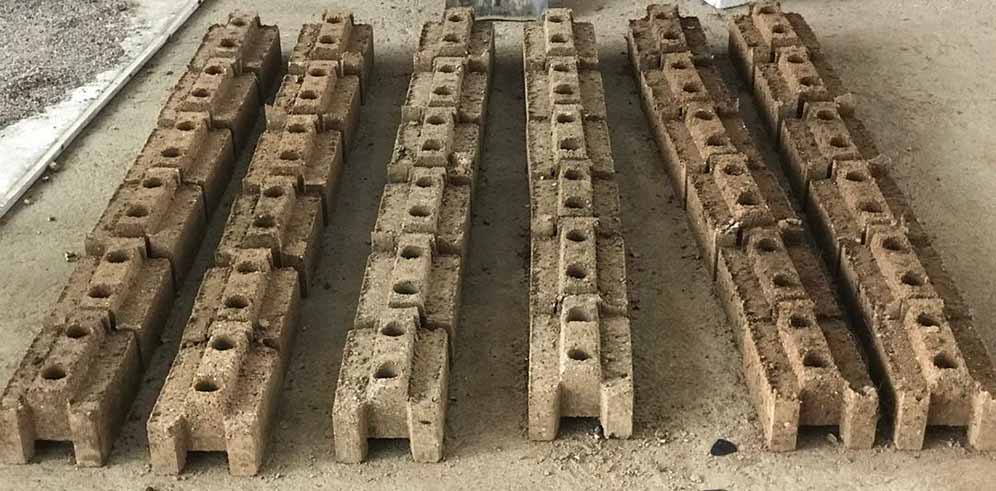
How have you integrated renewable energy and smart technologies into traditional structures? Any real-life examples?
We’ve installed solar panels on roofs to provide electricity and introduced smart sensors to regulate lighting and cooling based on movement and temperature.
At Asaa’s Eco Village in Yorogou, Bolgatanga Municipality, these technologies have shown real energy savings.
What kind of digital tools have you introduced, and how are they being used by local builders or communities?
Two main tools are being developed. The first is a Life Cycle Assessment and Carbon Footprint Calculator, which helps compare earth blocks with sandcrete.
The second is an energy simulation tool, which shows how earthen walls improve cooling and cut electricity bills.
These tools allow builders and communities to see the tangible benefits of sustainable choices.
How are you measuring carbon footprint reduction or energy efficiency gains?
We measure efficiency through reductions in electricity bills and cooling loads. Improved laterite with coconut fibre, for instance, reduced indoor heat and cut energy demand.
Our life cycle assessments also track emissions from raw material extraction to production.
What challenges have you faced in combining traditional methods with modern technologies?
The initial cost of installation is a hurdle. But more importantly, there’s a perception issue where many still see traditional buildings as “poor man’s architecture” and view cement blocks as a status symbol.
Changing these attitudes is as critical as the technical innovations.
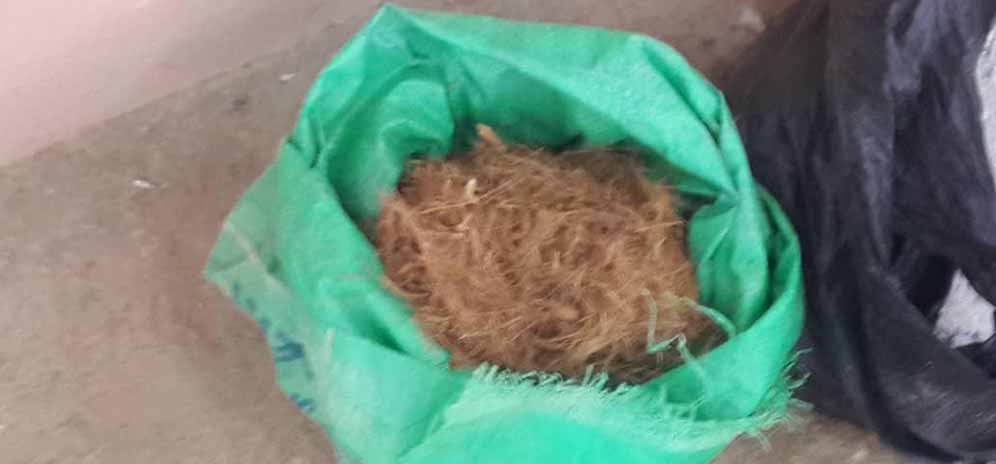
How are communities responding to the project?
The communities provided immense support to the research team whenever we visited to engage with them, gather data and insights for the project, and also during community education sessions to elaborate on the need for sustainable climate-smart green development in the region.
For the changes, the various communities are yet to adopt them as they are still in the process of accepting and appreciating the changes.
Do you see policy-level impact from this work? Are governments or local authorities engaging with it?
We expect policy impact as findings are published and shared.
These results will provide evidence to guide housing policies, building standards, and incentives for sustainable materials in the coming years.
What role did SGCI play in the project?
SGCI, together with MESTI, provided both funding and technical support. Their backing was instrumental in helping us achieve our objectives.
Please check out the stories and let us know what you think. We would love to hear from you!
Let’s continue the conversation on our social media
Story by Jackie Opara-Fatoye
Published on 2 October 2025
Related News
Innovation highlight series: part three
Across Africa, locally driven research is delivering practical solutions to some of the continent’s most pressing development challenges, from food security and clean energy to livelihoods and industrial efficiency. Supported by the Science Granting Councils Initiative (SGCI), these innovations show how targeted funding, skills development,…
Powering Africa’s science through stronger councils
Strengthening national science granting councils is emerging as one of the most effective pathways for improving how African countries finance and govern science for development. This was the focus of the thematic session on Financing Science for Impact held during the Science Forum South Africa…
Councils seek solutions to research financing crisis
African countries are working to strengthen research quality, ethical practice, and grant management through the Research Excellence and Good Financial Grant Practices Workshop. The Science Granting Councils Initiative (SGCI), together with the Association of African Universities and Senegal’s Ministry of Higher Education, Research and Innovation,…
SGCI funded projects
Rwanda’s integrated approach to sustainable agriculture and nutrition
Project Titles & Institution Areas of Research Number of Projects being funded Project Duration Grant Amount In-Kind Distribution Council Collaboration with other councils

